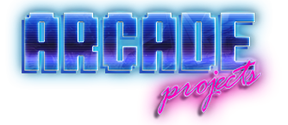Yeah, thats the reason I'm asking questions here, basically I did a Google search and found conflicting info.
Based on your reply I guess that connecting the other I/O lines won't cause problems.
I did a quick check with the datasheets of the parts: The USB Host + Arduino Max power consumption is ~ 65mA.
That amount by itself (Plus there's the USB controller) is unsafe for some (old) computers joystick ports, so for chaining adapters an external power source will be needed.
Also running a 328P/16Mhz device at 3.3V is out of spec. On the Atmega 328/P
Datasheet Summary on page 2 it says:
It's possible that the devices will work, because nobody knows the real specs of the Atmel 328 clones that are sold on Ali/Ebay...
But is it reliable? Wouldn't be better to use 8Mhz?
I don't have a GitHub account so can't do what you suggested.
I'm not criticizing you, I though the people who did the design had already though about the possible problems and could answer some questions or explain the design choices, that's all.
